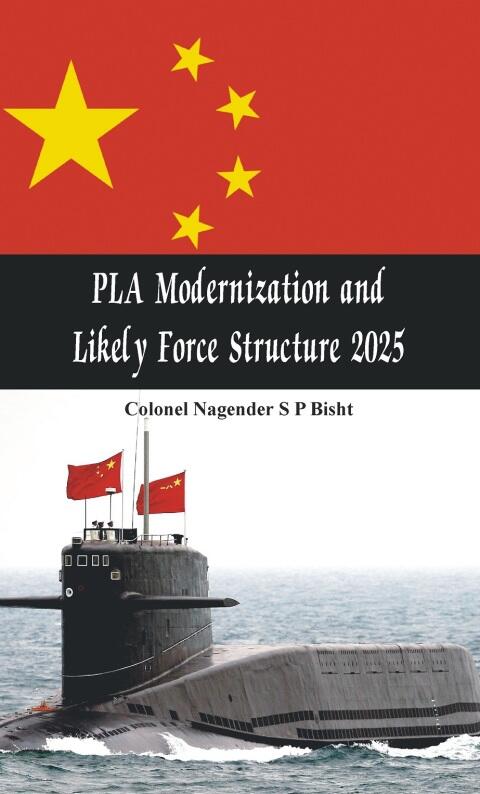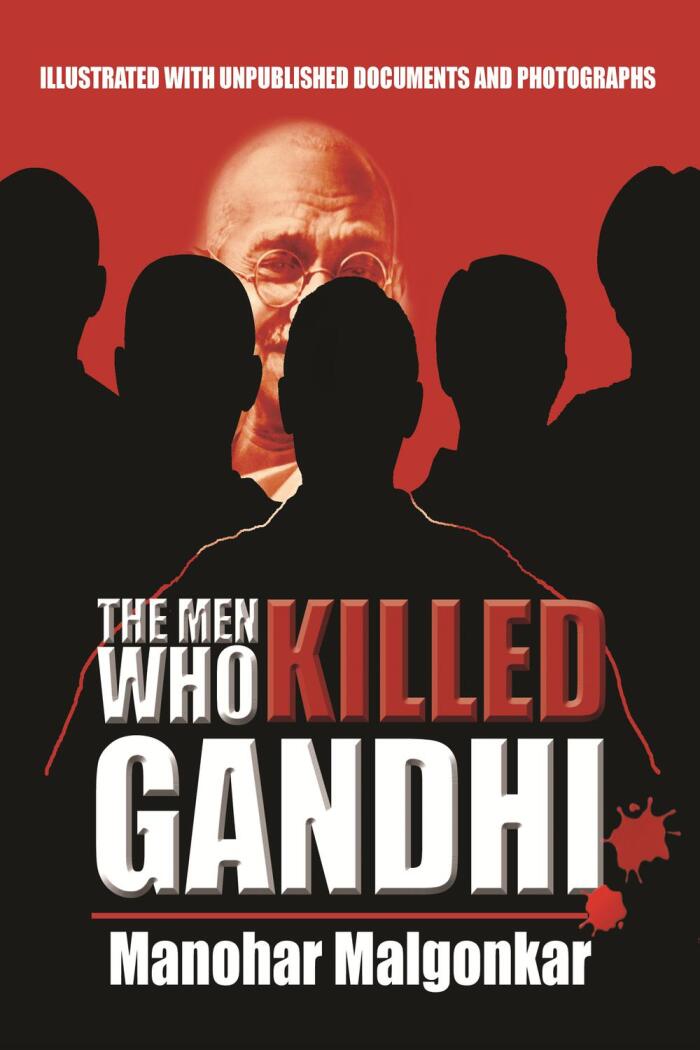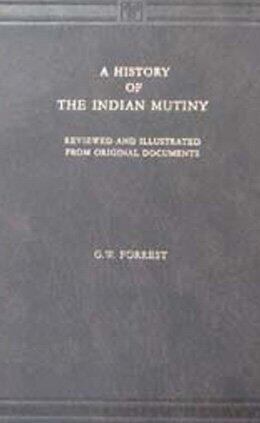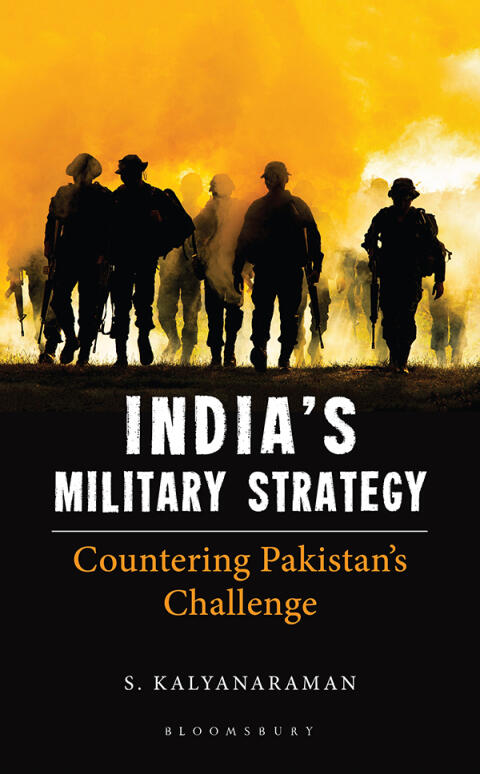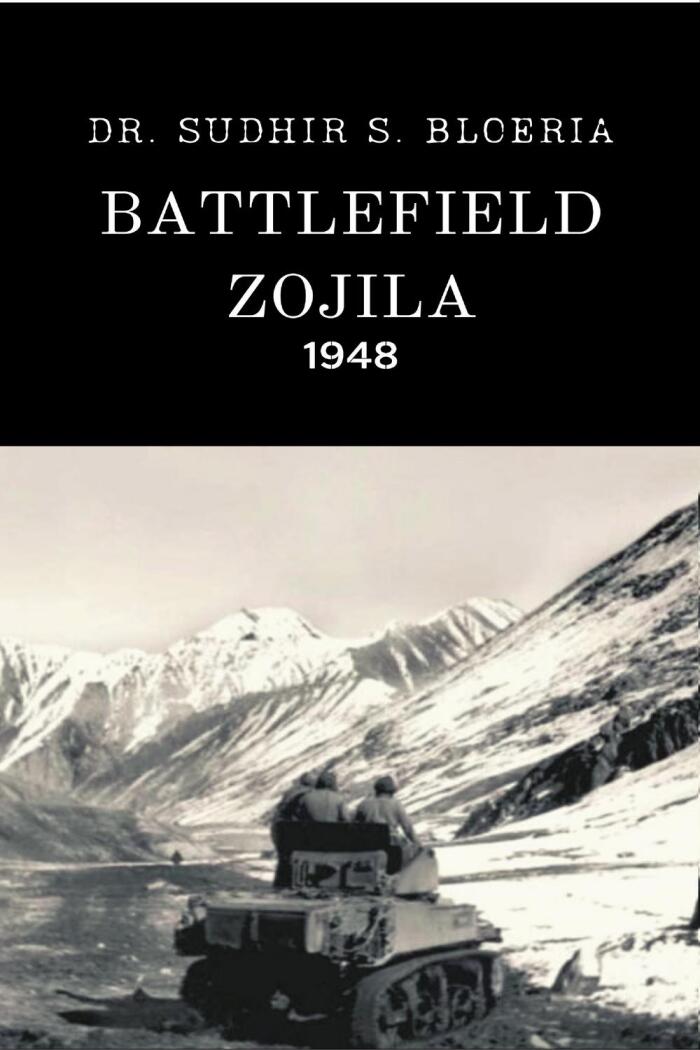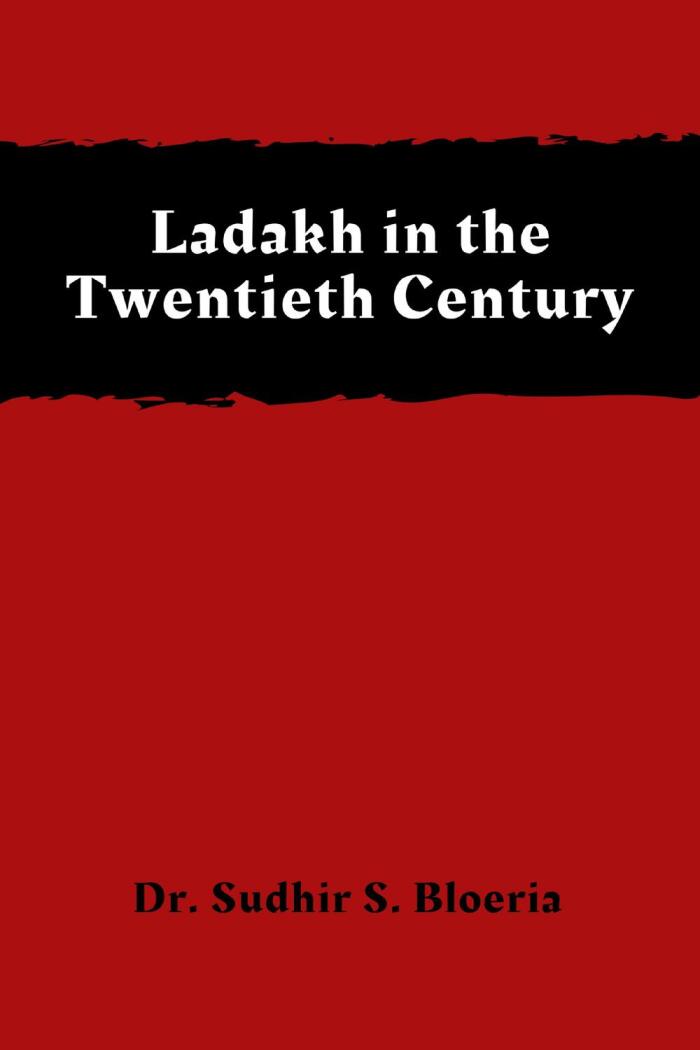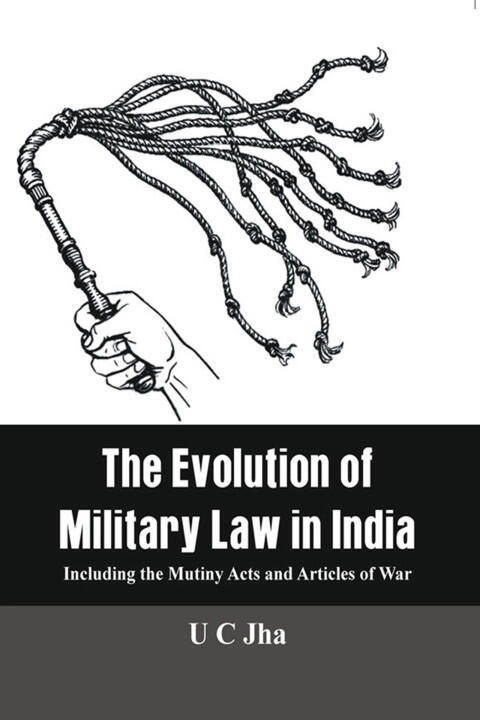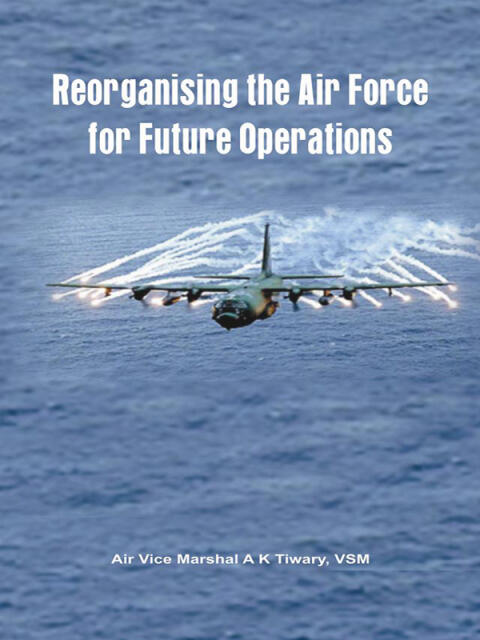
Reorganising the Air Force for Future Operations
بواسطة
A.K. Tiwari
لا توجد تقييمات بعد
Action & Adventure
Science & Technology
History
تنسيق
كيندل
صفحات
152
لغة
الإنجليزية
منشور
Jan 1, 2012
الناشر
VIJ Books (India) Pty Ltd
الطبعة
1
رقم ISBN-10
9381411727
رقم ISBN-13
9789381411728
الوصف
In a rapidly transforming technological landscape, A.K. Tiwari delves into the essential evolution of air force structures to meet future operational demands. The book presents a thorough examination of modern warfare and the pivotal role that air power plays in national security. By recognizing the shifting dynamics of global conflict, Tiwari emphasizes the need for air forces to adapt and innovate swiftly.
Throughout the narrative, the author highlights the significance of incorporating cutting-edge advancements in technology such as artificial intelligence, unmanned systems, and cyber capabilities. This thoughtful analysis not only addresses the challenges faced by air forces today but also offers insightful strategies for restructuring and modernization. Tiwari's arguments are bolstered by real-world examples and case studies, illustrating the practical implications of these changes.
Ultimately, this work serves as a crucial resource for military leaders, strategists, and policymakers. It urges them to rethink existing frameworks to ensure that air forces remain effective and relevant in future conflicts, promoting a proactive approach to national defense in an age characterized by unprecedented technological advancement.
Throughout the narrative, the author highlights the significance of incorporating cutting-edge advancements in technology such as artificial intelligence, unmanned systems, and cyber capabilities. This thoughtful analysis not only addresses the challenges faced by air forces today but also offers insightful strategies for restructuring and modernization. Tiwari's arguments are bolstered by real-world examples and case studies, illustrating the practical implications of these changes.
Ultimately, this work serves as a crucial resource for military leaders, strategists, and policymakers. It urges them to rethink existing frameworks to ensure that air forces remain effective and relevant in future conflicts, promoting a proactive approach to national defense in an age characterized by unprecedented technological advancement.

